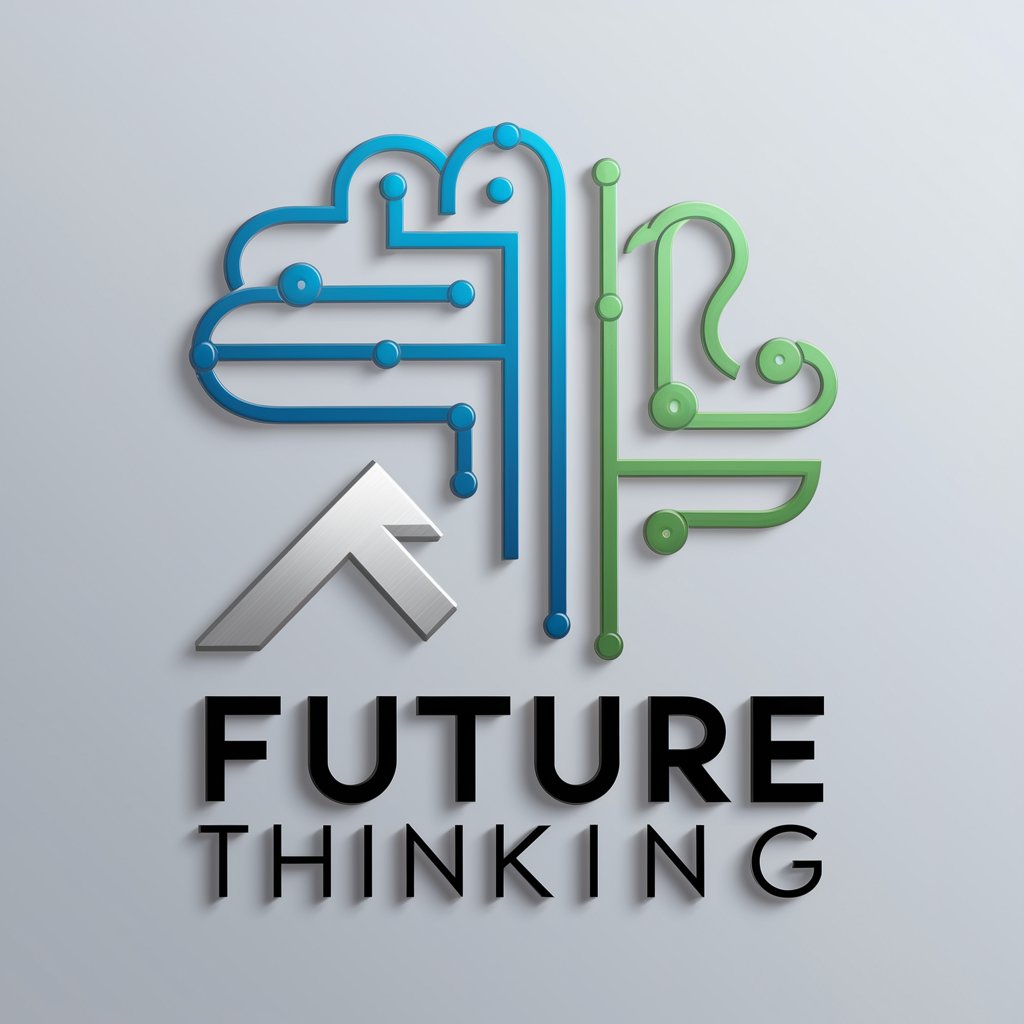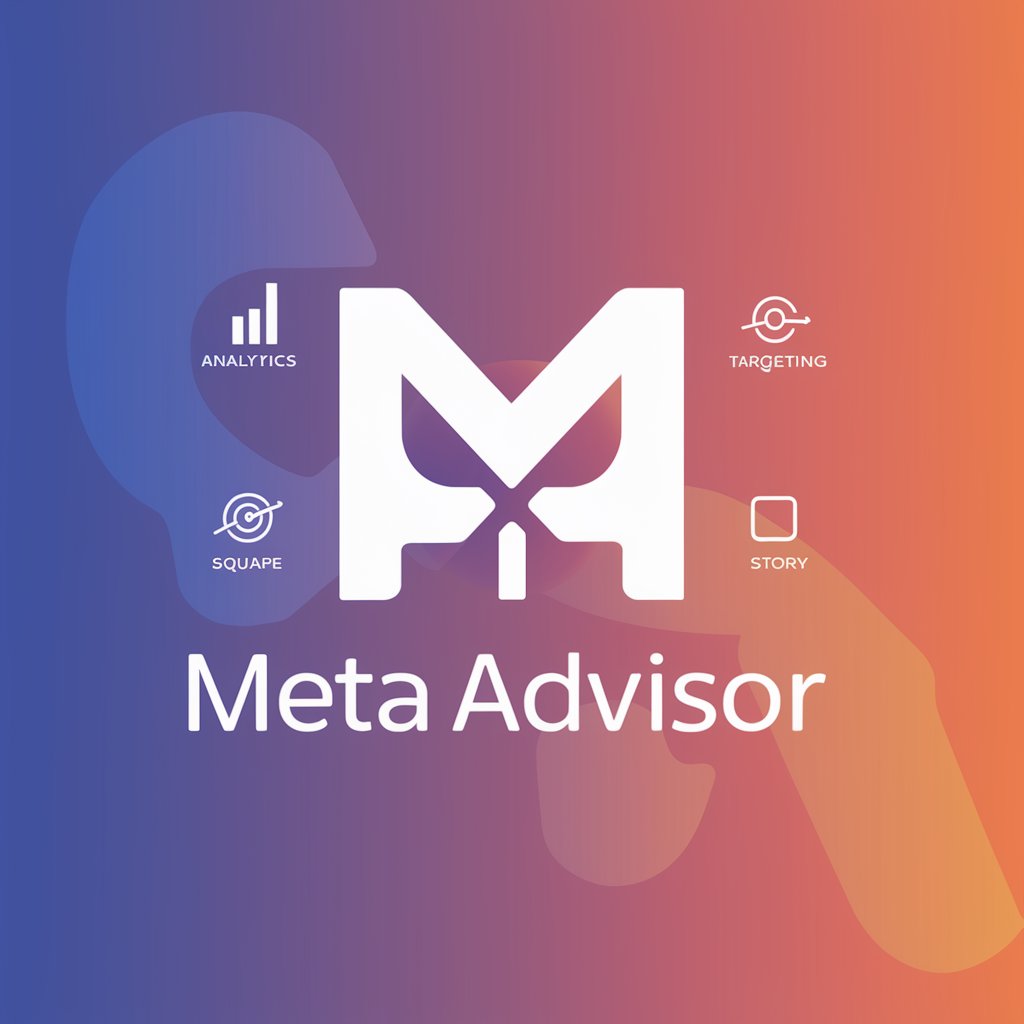Future Thinking - Historical Data Analysis & Forecasting

Welcome to Future Thinking, where past meets future for insightful forecasting.
Empowering Decisions with AI-Powered Forecasting
Compare historical trends in technology adoption with current market dynamics to forecast future tech innovations.
Analyze past economic indicators and current data to predict future market trends and investment opportunities.
Investigate historical climate data alongside current environmental changes to model potential future scenarios.
Examine historical patterns in consumer behavior and current trends to anticipate future market demands.
Get Embed Code
Understanding Future Thinking
Future Thinking is designed as an advanced analytical tool that blends historical data with current trends to forecast potential future scenarios. This unique approach allows users to not only grasp present conditions but also understand how past events and patterns might shape what's to come. For instance, in the context of financial markets, Future Thinking can analyze decades of market fluctuations, economic indicators, and geopolitical events to project future market trends. Similarly, in environmental science, it can examine historical climate data, current emission levels, and policy changes to predict future environmental conditions. Powered by ChatGPT-4o。

Core Functions of Future Thinking
Historical Analysis
Example
Analyzing stock market trends over the past century to identify cycles of boom and bust.
Scenario
In financial planning, understanding these cycles helps investors make informed decisions about when to buy or sell assets.
Trend Projection
Example
Using current data on technological advancements to forecast the future state of tech industries.
Scenario
Tech companies can use this insight for strategic planning, focusing on emerging technologies likely to dominate the market.
Pattern Recognition
Example
Identifying patterns in past pandemics to predict the spread and impact of future outbreaks.
Scenario
Public health officials can use these predictions to implement preventative measures, potentially saving lives and resources.
Scenario Modeling
Example
Creating models of future climate conditions based on past climate data and current trends.
Scenario
Environmental agencies can use these models to develop strategies for mitigating the impacts of climate change.
Who Benefits from Future Thinking?
Investors and Financial Analysts
These users benefit from understanding market trends and economic cycles, helping them make better investment choices and advise their clients more effectively.
Policy Makers and Government Officials
By predicting societal, economic, and environmental changes, they can create more effective policies and strategies that are proactive rather than reactive.
Scientists and Researchers
Future Thinking aids in forecasting outcomes in fields like climate science, epidemiology, and technology, facilitating more informed research directions and innovations.
Business Leaders and Strategists
Understanding future trends allows them to steer their companies toward growth opportunities and away from potential pitfalls, ensuring long-term success.

How to Use Future Thinking
Initiate Your Journey
Begin by navigating to yeschat.ai to access a complimentary trial, bypassing the need for a login or ChatGPT Plus subscription.
Identify Your Goals
Clearly define your objectives. Are you seeking insights for academic research, business strategies, or personal growth? Knowing your goals will help you utilize Future Thinking effectively.
Input Historical Data
Provide detailed historical data relevant to your query. Future Thinking leverages past trends to forecast future possibilities, making accurate historical input crucial.
Engage with the Tool
Use the tool's prompts to ask your questions. Be specific and detailed to get the most comprehensive and relevant insights.
Apply Insights
Implement the insights and projections provided by Future Thinking in your decision-making process. Remember, the tool enhances your perspective but should complement other research and judgment.
Try other advanced and practical GPTs
Rescue dog GPT(保護犬GPT)
Empowering rescue dog adoption with AI

保育業界ナビゲーター
Navigating childcare with AI-powered intelligence

臺灣保險業
Empowering your insurance decisions with AI

保险咨询师
Empowering your insurance choices with AI

Upload PDF and Summarise
AI-powered, precise document summarization

3D Avatar Generator: Just upload your photo!
Transform Your Photo into a 3D Avatar

Clean Code
Refining code with AI-powered insights

徽标生成器
Craft Your Brand's Identity with AI

手绘Logo生成GPT线条风格
AI-Powered Sketch-to-Logo Transformation

Anhui
Unlocking China with AI

LOGO大师 LOGO MASTER
Craft Your Brand's Identity with AI

Meta Advisor
AI-powered Facebook & Instagram Ad Advisor

Frequently Asked Questions about Future Thinking
What makes Future Thinking unique?
Future Thinking stands out for its ability to analyze historical trends and data to provide forecasts and insights. This capability allows users to make informed decisions by considering past and potential future outcomes.
Can Future Thinking predict exact future events?
While Future Thinking excels at forecasting based on historical data, it's important to note that predictions are not guarantees. The tool provides likely scenarios and insights to help in decision-making.
How can Future Thinking aid in academic research?
In academic research, Future Thinking can be used to analyze historical data, identify trends, and make educated projections. This can enrich a research project with predictive insights and historical context.
Is Future Thinking suitable for personal use?
Absolutely. Whether you're planning career moves, investments, or personal growth paths, Future Thinking can offer valuable insights based on past patterns and forecasted trends.
How does Future Thinking handle data input?
Future Thinking requires detailed historical data as input to analyze and project future trends. Users should ensure the data is accurate and relevant to the query for optimal results.
